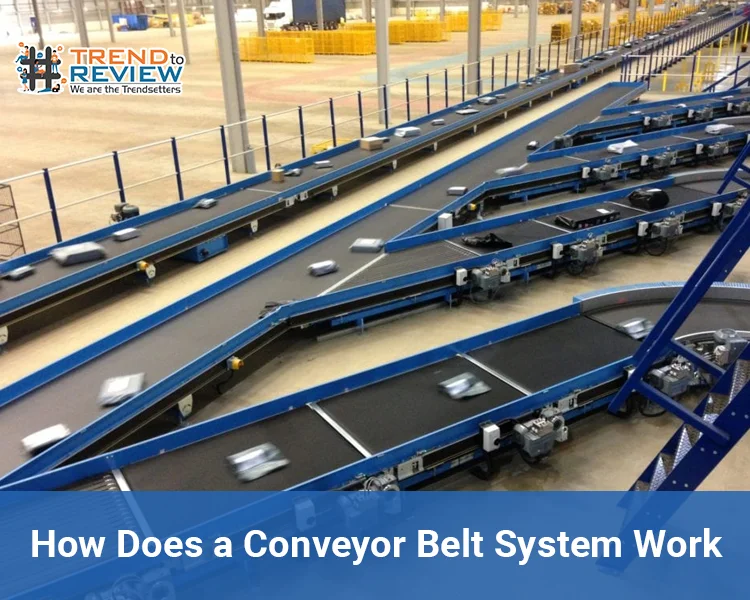Are you considering a conveyor belt system to maximize your operations? Conveyor belts have revolutionized industries and boosted their production efficiency. You can easily find conveyors almost anywhere, from a simple conveyor in your closest supermarket to a modular belt conveyor in an airport. They are also widely used to systematically carry and transport materials, such as raw products or finished products, from one location to another in a controlled environment. Let’s look at how the conveyor belt system operates and works.
How a Conveyor Belt System Works
The conveyor belt will form a closed loop across pulleys to enable a continuous movement of the system. A conveyor system usually uses a rotor to power the belt and drive the pulley. Due to the friction between the rotor and the belt, the belt will be able to stick firmly to the rotor constantly.
The drive and the idler pulley are constantly maintained in the same direction, which is either reverse or clockwise, for smooth and efficient movement. Standard conveyors like those used for groceries have a straightforward design. Applications used in turning the conveyor around will use wheels or rotors. This wheel or rotor enables the belt to steer along the bend without twisting.
The Different Parts of a Conveyor Belt
- Pulleys
Generally, a conveyor consists of several pulleys that move and regulate the conveyor belt system. There is the primary drive pulley which is powered and tightens the belt. The other belt, known as the idler pulley, has multiple functions, such as changing the direction of good transmission and allowing the clutching movement.
- Belt System
This is the belt that is visible in the conveyor system. The strap is stretched across pulleys to move the load along. It forms a continuous and closed loop around the pulleys that rotates to pick up and deliver goods.
- Drive Unit
The drive unit allows the conveyor belt to move. It consists of a counter-bearing component that ensures a smooth movement of the conveyor parts.
- Clamping Straps
The clamping straps hold down the fixtures and the work components of the conveyor belt system.
- Rollers
This part of the conveyor supports the weight of the goods on the belt. They allow the belt to move smoothly and can be used to transfer power to other parts of the machine.
Ways to Keep Your Conveyor Belt Running Smoothly
- Replace any worn-out parts and have spare parts at hand
- Clean your belt, rollers, and pulleys
- Have a regular maintenance program for the system
- Check the bearings and the pully alignment
- Set up the conveyor to pull rather than push
- Ensure that the drive and the conveyor motor are fitting your application
Conclusion
The conveyor belt system is designed to make product transportation faster, easier, safer, and more efficient. An operation or company that handles materials that are bulky for people can significantly benefit from conveyor systems. Additionally, manually handling goods can cause injuries, material damage, and time consumption. Automate your load movement by getting a conveyor system to move your products.



